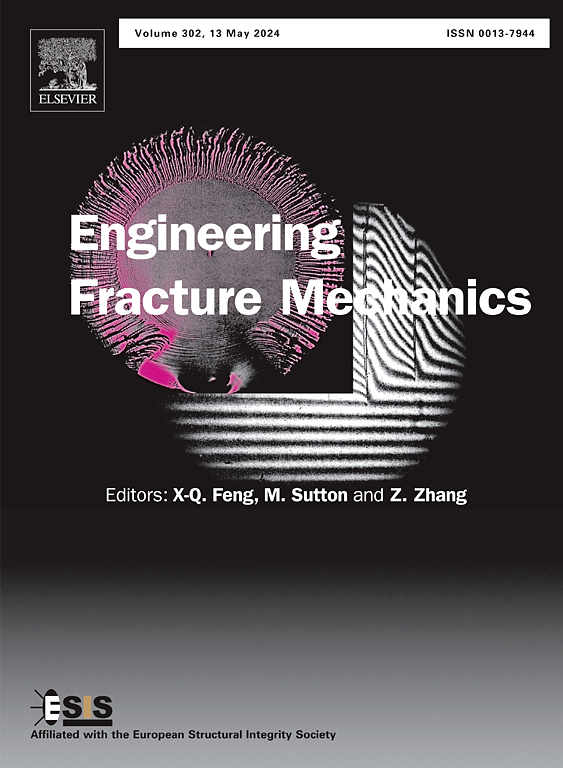Evaluating diversion effectiveness in a non-local elasticity based PKN fracturing model
IF 4.7
2区 工程技术
Q1 MECHANICS
引用次数: 0
Abstract
Enhancing production in unconventional reservoirs often relies on multi-stage fracturing in horizontal wells. Leveraging solid diverter particles can significantly improve cluster stimulation efficiency by promoting uniform fracture growth. However, the complex interactions between rock deformation, fluid dynamics, and particle transport in this process are not well understood. This study presents an integrated fracturing model that incorporates particle transport to evaluate and provide insights into the effectiveness of diversion techniques.
The study focuses on PKN-type fractures as a foundational model for unconventional reservoirs with height containment. To calculate stress interactions among fractures, we apply a non-local elasticity relationship that considers fracture width variation in height direction. To reduce computational complexity, we assume an elliptical fracture cross-section, simplifying double integrals to single integrals for non-local elasticity. Additionally, we use fracture height-averaged parameters to represent two-dimensional fluid flow within fractures as a one-dimensional model. The global tip asymptotic solution enhances computational efficiency by using a relatively coarse mesh to locate fracture fronts. The particle transport model employs the ‘wind’ scheme to track nonlinear particle waves and the Kozeny-Carman model to assess the permeability of the diverter pack. By treating the dispersed phase as a continuum, the coupled fracturing and particle transport model supports field-scale modeling of diversion techniques.
The proposed model is validated against analytical solutions for single-fracture scenarios and numerical solutions for multiple parallel and non-parallel fractures, as well as particle transport in single fracture. The model is then applied to examine diversion effectiveness in a numerical example involving three equally spaced clusters propagating in a transitional regime. The evaluation reveals that in PKN-type fractures with low stiffness and minimal stress interference, the expected stable and low-permeability diverter packs are not established inside overgrown fractures. Introducing swellable diverter particles enhances the effectiveness of diversion technology, enabling successful fluid diversion. The proposed model accommodates various propagation regimes, fracture stiffness levels, and slurry pumping schedules, providing insights for optimizing diversion techniques to improve cluster stimulation efficiency in unconventional reservoirs.
求助全文
约1分钟内获得全文
求助全文
来源期刊
CiteScore
8.70
自引率
13.00%
发文量
606
审稿时长
74 days
期刊介绍:
EFM covers a broad range of topics in fracture mechanics to be of interest and use to both researchers and practitioners. Contributions are welcome which address the fracture behavior of conventional engineering material systems as well as newly emerging material systems. Contributions on developments in the areas of mechanics and materials science strongly related to fracture mechanics are also welcome. Papers on fatigue are welcome if they treat the fatigue process using the methods of fracture mechanics.

 求助内容:
求助内容: 应助结果提醒方式:
应助结果提醒方式:


